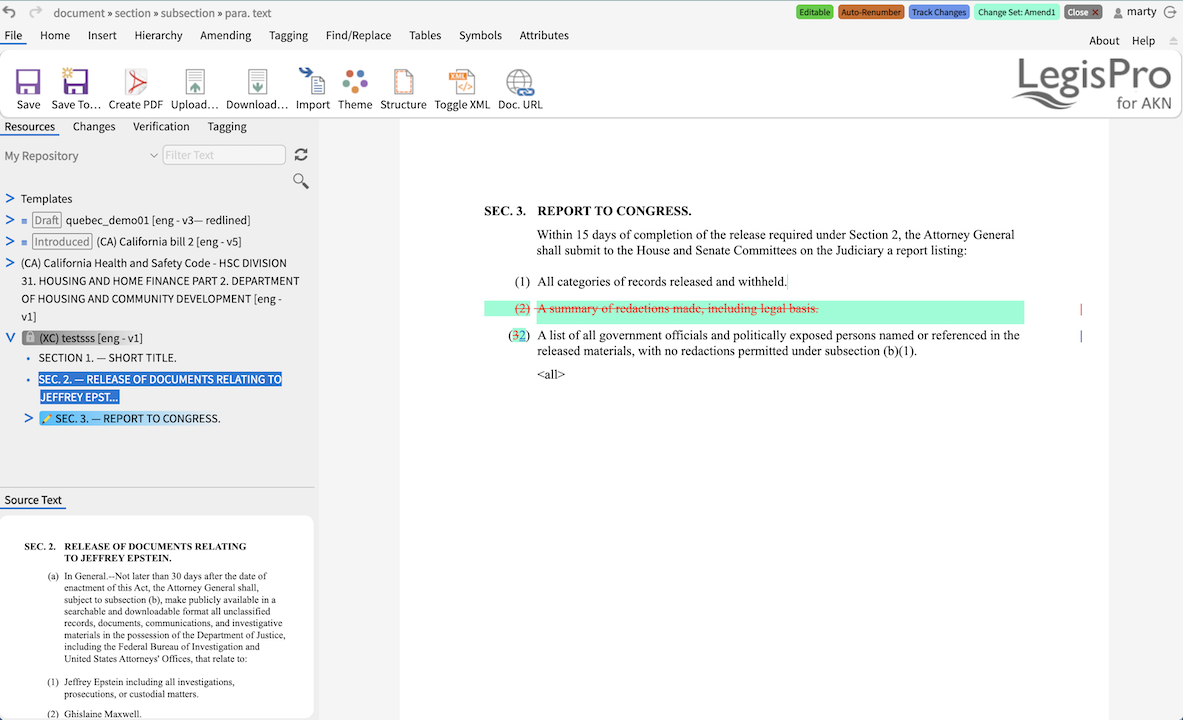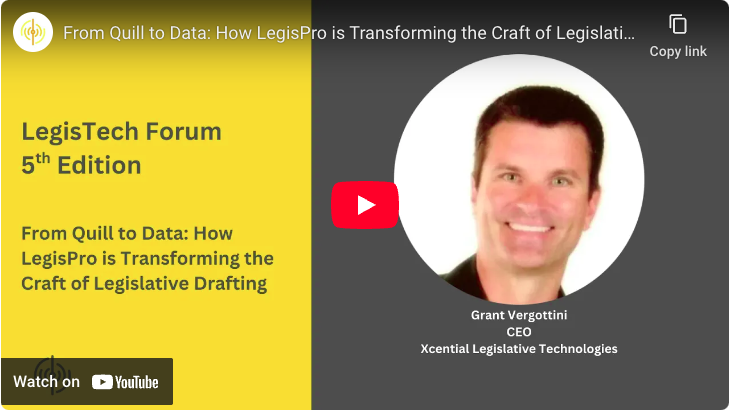De-Risking Legislative Modernization: PoCs & Prototypes
October 23, 2025


Agile delivers software in small, repeating cycles with constant customer feedback and adaptation. This approach to applications and solutions is gaining traction with government modernization teams.
The focus is on functioning software, quick delivery, flexibility, and consistent collaboration.
It works.
Governments need large enterprise systems that are often highly customized. Systems used to draft law, process parliamentary procedures of bills, publish law, and consolidate law are complicated with lots of stakeholders. And to make things much more complicated, these processes are often mandated by law (which is as citizens we appreciate).
Before launching a large-scale solution for the creation and management of legislation and regulation, consider some old-school tactics. These include the proof of concept (PoC) and the prototype.
Modernization of legislation management moves from documents to data, from proprietary formats to standards, and from machine-readable information to machine-processable information.
These are big moves with meaningful outcomes. If those outcomes are feasible.
How do you know what is feasible?
In the 1960’s the USA was engaged in the space race. Massive government spending was designated to NASA and the Department of Defense for huge, expensive, and technically complex projects. In a 1969 hearing of the Subcommittee on Advanced Research and Technology, the term “Proof of Concept” was defined:
“The Board defined the proof of concept as a phase in development in which experimental hardware is constructed and tested to explore and demonstrate the feasibility of a new concept.”
Key takeaways are “constructed and tested” and “demonstrate feasibility”. This concept has been used ever since to build, test, and demonstrate the feasibility of software projects.
For legislative counsels with a desire to modernize, the PoC should be first to help:
1. Validate the business hypothesis (the solution will solve problems for the users).
2. Determine the right technology stack. For legislative systems, this means confirming Akoma Ntoso or other XML standards can effectively manage complex hierarchical amendments, nested schedules, and cross-document dependencies—tasks that often break traditional document processing.
3. Gain credibility to launch the larger solution.
In the space of legislation and regulation rule-making, it is important to prove or disprove that moving out of MS Word and documents, and into XML and data is beneficial. This means proving that structured data is more useful than printed documents and PDFs. The usefulness should be viewed in the context of automation for efficiency and accuracy, and future-proofing for total cost of ownership and authoritative information communication (eg AI).
Prototyping is another practical step which comes after a successful PoC.
Prototypes help overcome the real challenge of change management. Lawyers and other users are comfortable in MS Word. There will be resistance to change.
Prototypes are an opportunity to start with user-centered design and work with users to quickly deliver something they can support. With prototypes we aren’t testing the feasibility of a technical approach, but instead building early examples of how users can do stuff with that technology.
Users want to do stuff. And they want to enjoy themselves. Prototypes mitigate change management risk by putting users in control early, fostering support through a positive, hands-on experience.
Any large-scale project that invests early in a PoC and then a prototype is more likely to be successfully funded, implemented, and adopted.
Don't bet your modernization on a large-scale leap. Start with proven methods. At Xcential, we know LegisPro and Akoma Ntoso are the future of legislative management because we've proven it. Contact us today to structure a PoC that gives you and your parliament the data, the confidence, and the proof required to move from concept to success.








